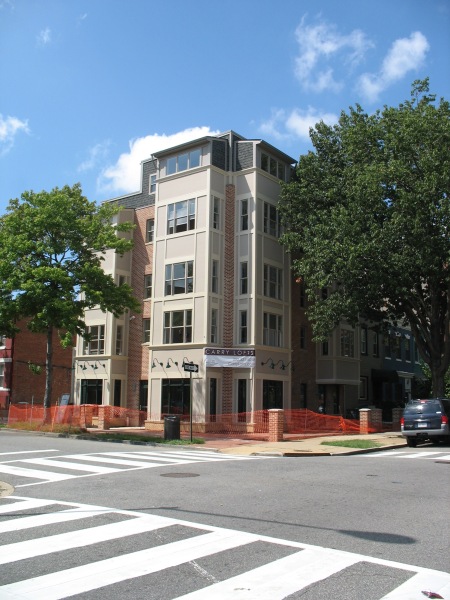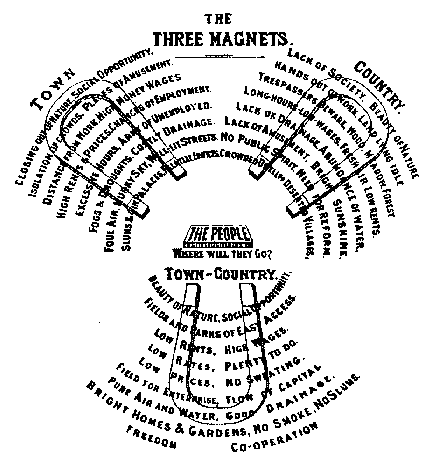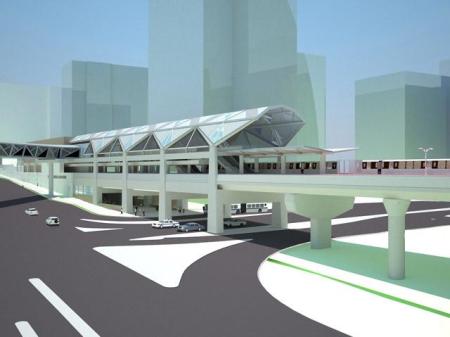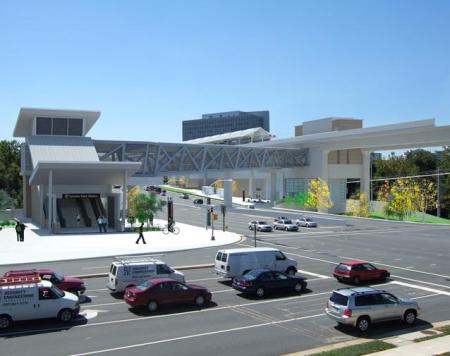There’s been a great back and forth over the past few days on high speed rail, most of it stemming from Ed Glaeser’s flawed cost-benefit analysis, and Yonah Freemark’s counter-analysis.
First, Tyler Cowen weighs in on Yonah’s HSR analysis.
Don’t do it. Given irreversible investment, lock-in effects, and required hurdle rates of return, this still falls into the “no” category. And that’s an estimate from an advocate writing a polemic on behalf of the idea. I’m not even considering the likelihood of inflation on the cost side or the public choice problems with getting a good rather than a bad version of the project. How well has the Northeast corridor been run?
…
General remark: It’s not about population density per se. It’s about how many independent, hard-to-connect nodes the system has and that is why high-speed rail on the whole works better in Europe or Japan than in many other locales. To give an example from a slightly different realm, I live right near the Metro in a high-density suburban area. Yet I don’t take the Metro to my Arlington office, which is about two minutes from a Metro stop. I’d rather do the 37-minute drive. Why? Because I stop at the supermarket and the public library on my way home at least half of the time or maybe I stop to eat at Thai Thai. If those conveniences were right next to my house I’d consider the Metro but they’re not.
Ryan Avent responds, asking why libertarians hate trains. Matt Yglesias chimes in on that, as well – adding a critique of zoning laws to the equation. Zoning is likely the reason Mr. Cowen doesn’t have Thai Thai near his local Metro stop (and why there isn’t more stuff around that Metro in the first place).
At this time, Will Wilkinson enters the fray – saying that the reasons libertarians don’t care about zoning (and don’t put up a fight to right the wrongs of past highway subsidies, thus holding new HSR systems to a higher standard) is basically a status quo bias – that we’ve set out on a dependent path.
What makes this issue so tricky for me is that the status quo pattern of settlement and transportation certainly does reflect systematic regulatory mandates, but it’s not clear how worthwhile it is to try to back out of this pattern once it has been established — even if those mandates were stupid. The way we live is indeed very much a function of choices made by government some time ago and reinforced by its ongoing decisions to maintain the established system. I think the case for the proposition that many of these choices were big mistakes — that we’d have an overall better pattern of settlement and transportation had government made different choices — is pretty compelling. Yet it remains that whole cities have formed around the suboptimal status quo system and many tens of millions of people have invested in goods like houses and cars taking for granted the structure of the status quo system.
I love the smell of the the sunk cost fallacy in the morning. While what Wilkinson writes here is true, it’s also largely irrelevant. Ryan notes the reasons why this fallacy isn’t worth perpetuating:
Libertarians, for some reason I haven’t yet grasped, seem to view the world as remarkably static. In their world, population is not growing. New entrants to the workforce aren’t choosing where and how to live. Demographics are etched in stone; the population isn’t getting older and embracing smaller family sizes. And people never, ever move house. Libertarians also seem to like the “newspaper commenter” critique of urbanist arguments: “Why do you want to make everyone live in Manhattan?” There’s no such thing as a shift at the margin in this view.
In practice, the US is far from done building. Tens of millions of new homes will be built in the coming decades. Hundreds of billions of dollars will be spent on transportation infrastructure. The current built environment has, as a result of decades of government policy, taken on a rather suburban, auto-centric tilt. So what? No one is suggesting that we tear down all of that and replace it with something entirely new. I, and others, are suggesting that making it easier (or, you know, legal) to build in a denser, more walkable fashion would be advantageous. Similarly, given the burden of maintaining such a large and costly road infrastructure, it might be wise to devote a larger share of dollars for new construction to substitute technologies.
Market Urbanism doesn’t agree, or doesn’t seem bothered by the sunk cost fallacy:
So, in other words, building either of the options, roads or rail both require “a large environmental sacrifice”, but all other options must be kept off the table, so let’s just sweep that under the rug. Yet, there is an other option to consider for those who really think something should be done about carbon: STOP WASTING MATERIAL AND ENERGY ON CONSTRUCTION OF INFRASTRUCTURE BOONDOGGLES THAT SUBSIDIZE TRANSPORTATION! That still goes double for roads and airports, where congestion and carbon emissions could be reduced through revenue-generating measures such as congestion tolling.
I appreciate the job Market Urbanism does, but his assertion that we should just stop subsidizing transportation completely ignores the political realities of the day. This is one of the primary reasons many folks go insane when arguing with Libertarians. At least Will Wilkinson acknowledges the follies of path dependence – Market Urbanism seems fit to ignore the political realities we live with.
Perhaps the biggest thing to note came in Avent’s comment section: commenter ‘jack lecou’ notes that the change won’t be transformational – at least not in the immediate future. The changes that got us to our current transportation system weren’t transformational, either – they were incremental. The key in getting our transportation system back in balance is to make those kinds of incremental changes in both our built environment as well as our political environment.
This is essentially the only politically possible path to choose. It’s also the most realistic path to implement change.














